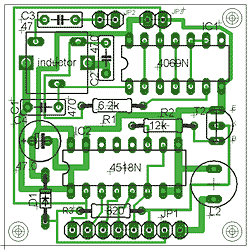contact
MOMus
Museum of Modern Art
Costakis Collection
21 st Kolokotroni Str.
Moni Lazariston
56430, Stavroupoli
Greece
Theremin and Sensors Construction Workshop |
|
| =3 days= | |
The workshop is focused on a construction and soldering of the theremin-sensors to convert laptops into digital theremins. Analog theremin construction could also be considered as an option. Participants should bring their laptops and have some basic skills in MAX/MSP or PD programming as well as a basic idea about electronics. Some skills of soldering are also desirable. All components for the theremin-sensor construction are provided by the instructor. For workshop we need: Each participant should have a seat and space on the table.
| |
Multichannel d-sensor systems are also available. Sensor, connected to interface with shielded cable, produce complete working system, providing analog FM signal with 10 khz carrier frequency. To build a cheapest theremin-sensor system as a sort of compromice, one can connect the interface directly to the audio input of sound card of the computer to work with special MAX/MSP or PD patches. Disadvantage of this solution - dependency on existence and quality of sound card, more processor power needed, extra audio inputs occupied. To make complete digital USB sensor system, capable to work with up to six separate sensors, we use an extra microcontroller, based on Atmega8 processor. System can be powered from USB plug of the computer or any separate power adapter. |
|
|
Learn More:
Extra Links:
|
|
